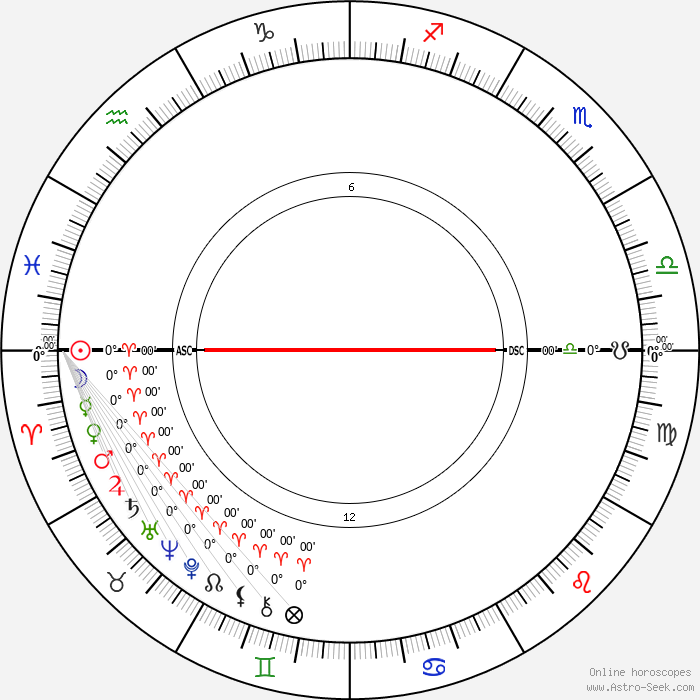

Name of Publisher manuscript or self-published. Title of map in original langage (if not English) RP: republished inĪny maps that this map is based on or copied from.

If this map is not original, the following codes are used: [L: language variant, N: new print, U: updated edition, C: copied / modified from another map, R: renovation map (digital version of paper map with slight changes), F facsimile. Latin for Latin nomenclature prior to IAU.įull reference of map publication or publication that contains the map Laguage(s) of nomenclature displayed on the map. Type of map purpose generic: not defined, outreach: maps for the general public made b

Orientation of map – only for historic maps (north: cartographic tradition, south: astronomical tradition) Year of publication or completion of manusctipt (empty if not published yet) Year when mapping began / or year or observation The landing marks the third time a Chinese lunar probe has successfully landed on the surface of the moon, the state-run Xinhua news agency reported.ĬNN’s Jessie Yeung and Mitchell McCluskey contributed to this report.Name of mapper(s), or author, PI, map editor, illustrator, etc. The spacecraft landed on a previously unvisited area of the moon – a massive lava plain known as Oceanus Procellarum, or “Ocean of Storms.” This large dark spot, stretching about 2,900 kilometers (1,800 miles) wide, could be a scar from a giant cosmic impact that created an ancient sea of magma, according to NASA. Credit: Xinhua/Alamy Live News Xinhua/AlamyĬhina lunar rover touches down on far side of the moon, state media announceĪ Long March-5 rocket carrying Chang’e-5 spacecraft blasted off from Wenchang Spacecraft Launch Site on the island of Hainan off China’s southern coast on November 24. The global public will have a chance to name the rover. China's moon lander and rover for the Chang'e-4 lunar probe, which is expected to land on the far side of the moon this year, was unveiled Wednesday. Photo provided by State Administration of Science, Technology and Industry for National Defense shows the image of the rover for China's Chang'e-4 lunar probe. The mission may help answer questions such as how long the moon remained volcanically active in its interior, and when its magnetic field – key to protecting any form of life from the sun’s radiation – dissipated. When the samples are returned to Earth, scientists will be able to analyze the structure, physical properties and material composition of the moon’s soil, China’s space agency said. If successful, the mission will make China only the third country to have retrieved lunar samples, following the United States and the former Soviet Union decades ago.Īstronauts from the United States brought back 382 kilograms (842 pounds) of rocks and soil between 19 during the Apollo program, while the Soviet Union collected 170.1 grams (6 ounces) of samples in 1976. #LunarProbe /pfySXUCAPG- China Xinhua News December 1, 2020 This is the world's first moon-sample mission for more than 40 years. The samples, expected to weigh about 2 kilograms (4.5 pounds), will be sealed into a container in the spacecraft.Ĭhina's #ChangE5 spacecraft successfully lands on the near side of the moon. It’s the first attempt to collect rocks from the moon by any country since the 1970s. It will remain on the moon collecting soil and rock samples until Thursday, guided by mission control on the ground, China’s state-run news agency Xinhua reported.

The robotic spacecraft, named Chang’e 5 after the mythical Chinese goddess of the moon, drilled into the surface of the moon to collect soil early Wednesday. China has successfully landed a lunar probe on a previously unexplored area of the moon.


 0 kommentar(er)
0 kommentar(er)
